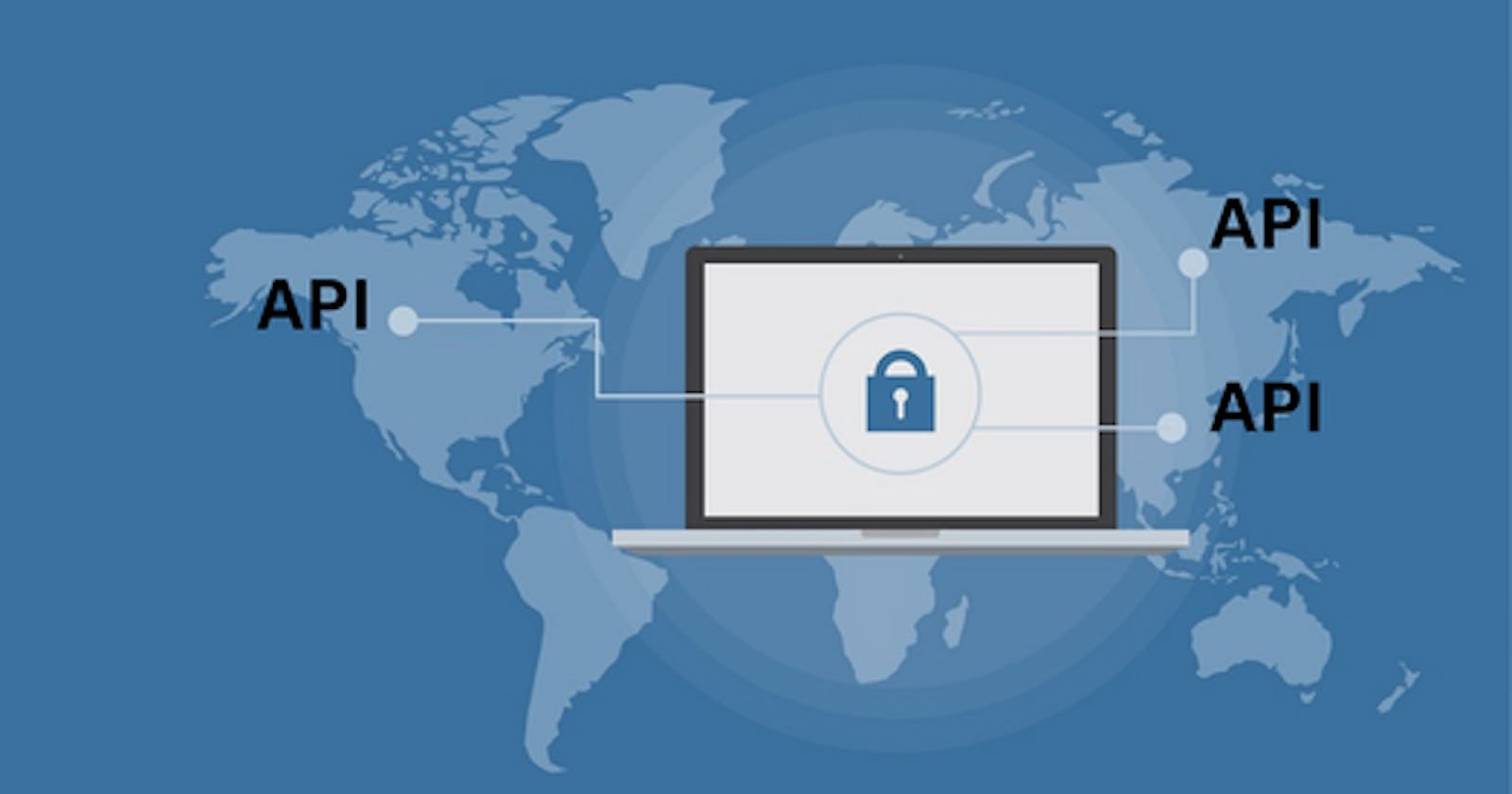APIs are a game changer in the way many organizations do business. They have helped improve customer experience and productivity and allowed companies to expand their reach, among other important milestones.
However, this uptake in APIs has also increased the rate of attacks on organizations that rely on their autonomy to perform day-to-day business. Recently, some of the biggest data breaches occurred due to API vulnerabilities.
One of the reasons why APIs are a common weak link in many organizations’ security is how they are tested before and after being pushed to production. Some of these testing practices result from misconceptions that make it harder for developers to implement proper security practices.
Therefore eliminating these misconceptions surrounding API security testing from the software development life cycle, QA processes, and AppSec will help protect applications and organizations.
This article will explore API security testing, common misconceptions around API security testing, and possible solutions to mitigate such incidences.
What Is API Security Testing?
API security testing is the process of testing an API for any potential security vulnerabilities that might allow attackers to gain access to it and the organization. API security testing includes testing its endpoints for security and reliability to ensure that the API meets an organization’s best practices.
Benefits of API Security Testing
There are many benefits to running and maintaining a comprehensive API security testing routine. These include.
Removing Vulnerabilities Within the API
During the API security testing phase, an API will go through some strenuous conditions to test for reliability and correctness. Therefore, testing allows developers and CISOs to remove any type of unlawful code that might cause security vulnerability to the API.
Cutting Down on Testing Costs
One of the most common API security testing practices includes a shift left approach. This approach is standard and recommended because it allows testing of the API early in the development phase.
The point is to detect security issues early enough before writing much code so you can fix them faster. This early error detection helps save on costs because faster results and less code mean less time spent handling errors.
Providing better results than functional GUI testing
You don’t always have to use the shift-left approach in testing your API’s security. You can also test the API using the GUI. This approach also means you are likely testing your API in production.
However, this kind of testing presents several problems. First, it is more time-consuming because there’s more code to review. Also, since you are testing in production, any error increases the risk of impacting user experience.
Therefore, testing away from the GUI makes it possible to detect errors early enough and save potential users from encountering these errors.
What are the common API security testing misconceptions?
Below are 3 of the most common misconceptions that affect how CISOs, developers, and AppSec teams run their API security tests.
It Is Easy to Test an API at the GUI
GUI testing might sound appealing during the API production cycle. However, it presents several challenges for CISOs and developers.
Remember, multiple layers of connectivity exist between an API and related applications. Therefore, testing at the GUI covers only a limited section of the logic involved. Also, the more complex the API is, the less likely it is for GUI testing to cover every vulnerability.
Therefore, Instead of solely relying on GUI testing, it is best to test the API separately.
APIs Don’t Need Testing After Production
It’s a familiar concept that if there are no changes in the API, it doesn’t need testing. This misconception is costly because it exposes your entire application to unforeseen vulnerabilities.
APIs don’t interact the same way with every application you couple them with. An API can act as a gateway to an attack based on different factors, such as the app’s configuration. To prevent this, you will have to run routine security tests on the API to eliminate the possibility of potential attacks.
Shift-Left Is the Only Principle for Securing Your API
The shift-left principle allows the integration of security testing within the development life cycle of your API. Usually, this might take the form of developer testing tools designed to catch security vulnerabilities.
However, this approach alone does not guarantee your API’s security. Your tools will not catch every flaw or unlawful code due to various factors. The trick, therefore, is to incorporate other security testing features and methodologies in addition to your main principle.
Final Take
API security testing protects applications and organizations from potential vulnerabilities and attacks. However, common misconceptions surrounding API security testing hinder the implementation of adequate security practices.
We are likely to see more misconceptions as the use of APIs grows. One of the best ways to run a solid API security testing routine is to ensure that such misconceptions don’t come between you and a well-secured API. Developers, CISOs, and other stakeholders should adopt comprehensive API security testing approaches that cover all aspects of the API's lifecycle.
By prioritizing accurate and thorough API security testing, organizations can enhance the security and reliability of their APIs and protect themselves from potential breaches.
